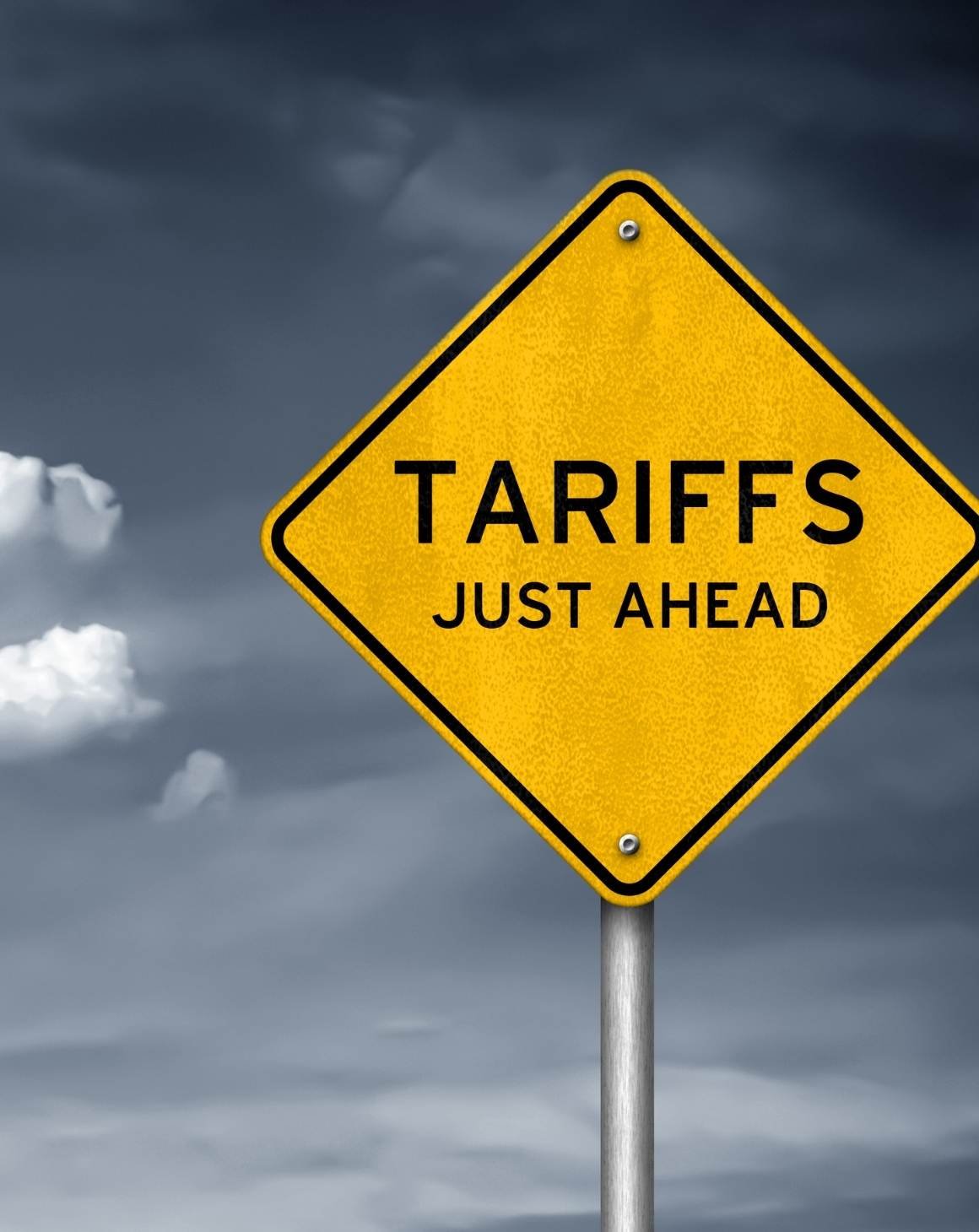With the recent changes to Amazon policies, some hybrid vendors are facing setbacks when attempting to launch new 3P items.
Our previous blog post, Pricing & 1P: The Amazon Hybrid Model goes into detail when considering the hybrid model, but we wanted to address the concerns we are currently seeing with this approach.
Amazon & The Hybrid Selling Model
With the Amazon hybrid selling approach, a brand maintains both a 1P relationship through a vendor account with Amazon but also has a presence on the 3P marketplace platform through their own brand’s seller account or through an authorized reseller.
For large, top tier 1P brands who have previously only sold to Amazon via Vendor Central, it seems as if Amazon’s preference is as follows:
- Preferred: 1P
- Acceptable: 2P
- Dislike: 3P
- Disapprove of: Hybrid
The obstacles for hybrid vendors seem to be stemming from Amazon’s Standards for Brands Selling in the Amazon Store. The policy states that they have the ability to prevent brands from selling via 3P if they believe they are doing so in the best interest of their customer, thus resulting in an auto message, "We already have a vendor relationship with this Brand, through which we source products directly from the Brand for sale by Amazon to customers."
Risk Factors to be Considered
Although we outlined many benefits to the hybrid model in the above blog post, it still comes with its fair share of concerns, some of which brands have already faced. These may include:
- Inability for brands to leverage Amazon’s FBA program for their seller accounts
- Inability to create new UPCs in the seller account. When this happens, seller support typically responds to tickets with “Retail Contribution Block” or you may see this note pop up:


Managing 3P Marketplace Blocks
In the event your account is in fact blocked, consider the following suggestions:
- Talk to your vendor manager: in this situation, brands often want to avoid communication, but the system is already aware of the hybrid approach if it is blocking the 3P account. It is worth a discussion to determine the best strategy moving forward with the vendor manager.
- Leverage 3P sellers: consider leveraging 3P sellers who are not connected to your brand registry for drop shipping, FBA and FBM.
- Offer SKUs via drop ship vendor code only: by doing so, you can shut them off in the event they break price.
- Invest in brand protection efforts: Controlling and protecting your pricing and brand efforts on Amazon can help to improve the underlying issue that may be causing Amazon to take these actions.
Strategic Tips for Moving Forward
If your brand is running into issues with the 3P portion of your business, we’ve outlined a few options for you to think about.
- Consider a 3P seller for your 3P business: Seller Central blocks may be avoided if the 3P sellers are not associated with the brand’s Brand Registry program.
- Create new ASINs in Vendor Central first: Make the ASIN available through the 3P marketplace and mark the ASIN obsolete in Vendor Central (or choose a delayed Available to Sell (ATS) date). Once the ASIN is created in 1P, it should then be able to be linked to the 3P account.
We’ll continue to monitor the situation and provide any updates on the future of the hybrid selling model. Feel free to reach out to us with any questions!








.png)
.png)
